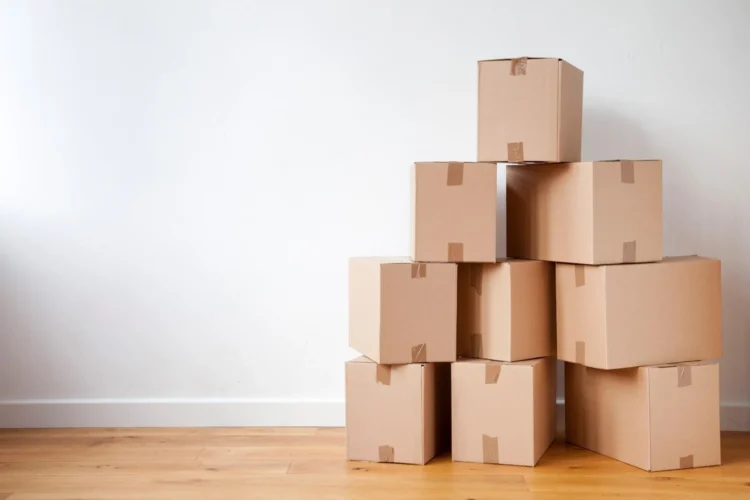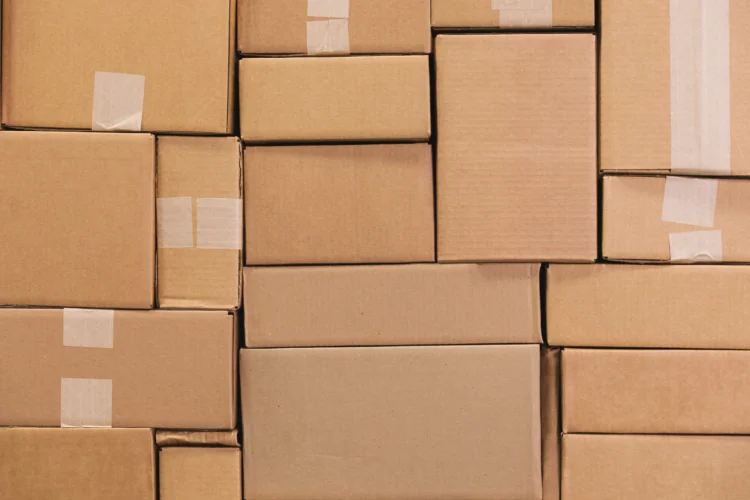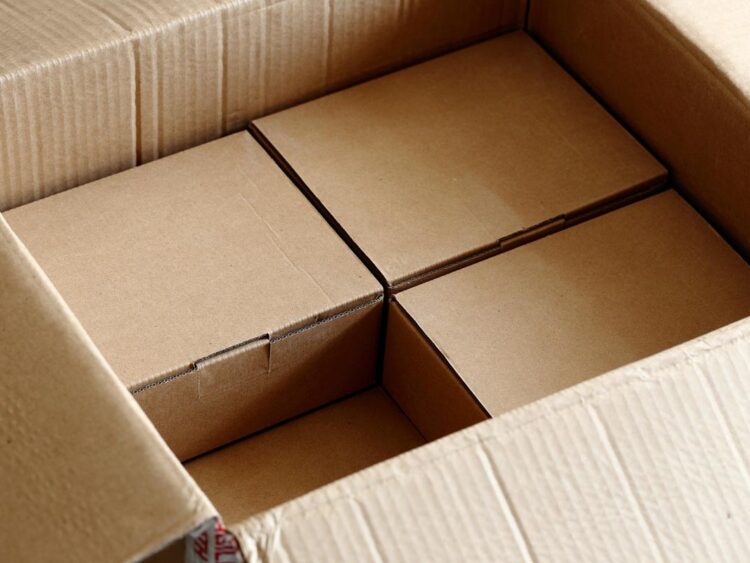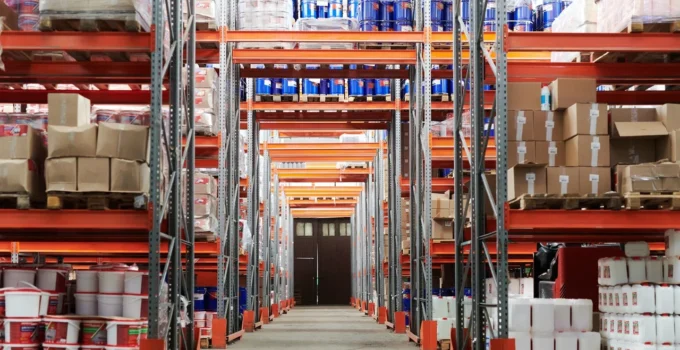Fulfilment by Amazon or FBA allows its users to sell their products on Amazon with minimal shipping, warehousing, and other logistical costs. FBA allows sellers to divert much of their attention towards promoting their brand. All sellers have to do is sign up for service, deliver the product to Amazon and upload the product on Amazon’s website. While some individuals have taken quite swimmingly to FBA, some still remain sceptical. Here are a few commonly asked questions directed towards eCommerce acquirers and their answers.
Page Contents
1. How much capital do I need to have stored up to start using FBA?

Source: lifestorage.com
The short answer to this question is, it depends on you, your business and much more. There are several factors that inform your capital requirements, from what it is that you are selling, to your target audience. If you are selling knick-knacks or old books, your capital investment is not likely to be very high. However, it is always essential to carry out the requisite market research before taking your product to the market through Amazon as this helps a lot in the long run. Another great tip would be to try and sell multiple products through Amazon. This will enable you to keep yourself relevant for longer and build a sustainable and strong store.
2. Is it necessary that I have custom packaging while using the FBA service?
It is in no way mandated that a product have custom packaging to avail of the FBA service and neither should you believe someone who tells you this. However, it would go some way towards reassuring the customer of the quality of the product that you are selling if you could demonstrate the effort that has gone into producing it, through the packaging. Amazon, however, does not insist that this should be the case at all. In fact, a simple polythene bag would often do the trick just in case you want to go down that route and save on packaging.
With plenty of eCommerce acquirers like Unybrands out there, identifying the right seller with the set of perks that suits your product and business model the best is important.
3. How much would an FBA cost the seller?

Source: allinmoving.com
Amazon charges a flat 15% of the product’s cost as its initial FBA amount, along with fulfilment fees and inventory fees. Fulfilment fees cover the costs incurred by Amazon while picking, packaging, processing, and shipping the orders. Inventory fees on the other hand, as the name suggests cover the costs of storing the products and keeping them safe from damage within the Amazon warehouses.
4. How long would it take Amazon to stock my product and bring it to the market through their website?
On average, it typically takes Amazon 3-7 business days to stock a product and add it to your inventory, bringing it live on their website. However, this does come with the caveat that if the product is not properly packaged and secured, it could take a much longer time and this should be considered in your day-to-day planning. Amazon has certain guidelines for FBA appropriate packaging. The most important ones are as given below:
- Deliver your product in a well-packaged manner. If you’re reusing the old boxes, remove the old shipping labels or any marking.
- Use a single and clear address with accurate delivery and return information.
- Every box you deliver should have the printed FBA shipment label.
- Wrap all articles separately.
5. Does Amazon FBA increase sales?

Source: sadlers.co.uk
The answer to this question is manyfold. Firstly, Amazon can increase sales purely through the sheer size of the audience to which it will present your product. The fast shipping rates, hands-off delivery and a host of other perks make FBA an ideal choice for several sellers. That being said, there exists a huge dependence on the product itself and its target audience. For example, handmade products may sell better on a more niche E-commerce portal like Etsy.
6. Can my FBA account be transferred?
The short answer? Yes! Quite often it may be the case that you want to sell or hand over the reins of your business to someone else. To do this you would need to seek the approval of Amazon to transfer the ownership of any transaction that might take place and you are good to go. The steps to carry out these processes are as below:
- Call the seller centre to receive transfer details. Once this is confirmed, change the login details and hand over the account to the new owner.
- Update the buyer details in the backend to enable the new owner to update crucial payment information.
7. What is the sales tax nexus all about?

Source: ubeeco.com.au
As a business, brand, or business entity, it is common to have a responsibility with a state. The sales tax nexus represents this bond of the business with the state. However, while many may assume that the sales tax nexus confines you to carry out business only within the state, it is not true. The nexus essentially refers to your employee, stored inventory, warehouse, affiliate, and office location being located in a certain state.
8. How to register for a sales tax permit?
While the product of your business might be profitable, it is also essential to make sure that these profits are earned legally after paying the required taxes. Make sure that your sales tax permit is in place to avoid legal issues down the line in the future of your business. Moreover, if you are found collecting tax without having an active permit, you may be bound to experience legal implications and hefty fines.
In a Nutshell
Before getting into the FBA business, it can be helpful to understand the entire market and scope that comes along to make sure that you take the right steps before you get approached by FBA acquirers. Taking the best pathway for your business and the nature of your product is crucial as it can help determine the remainder of your journey in the FBA business.





